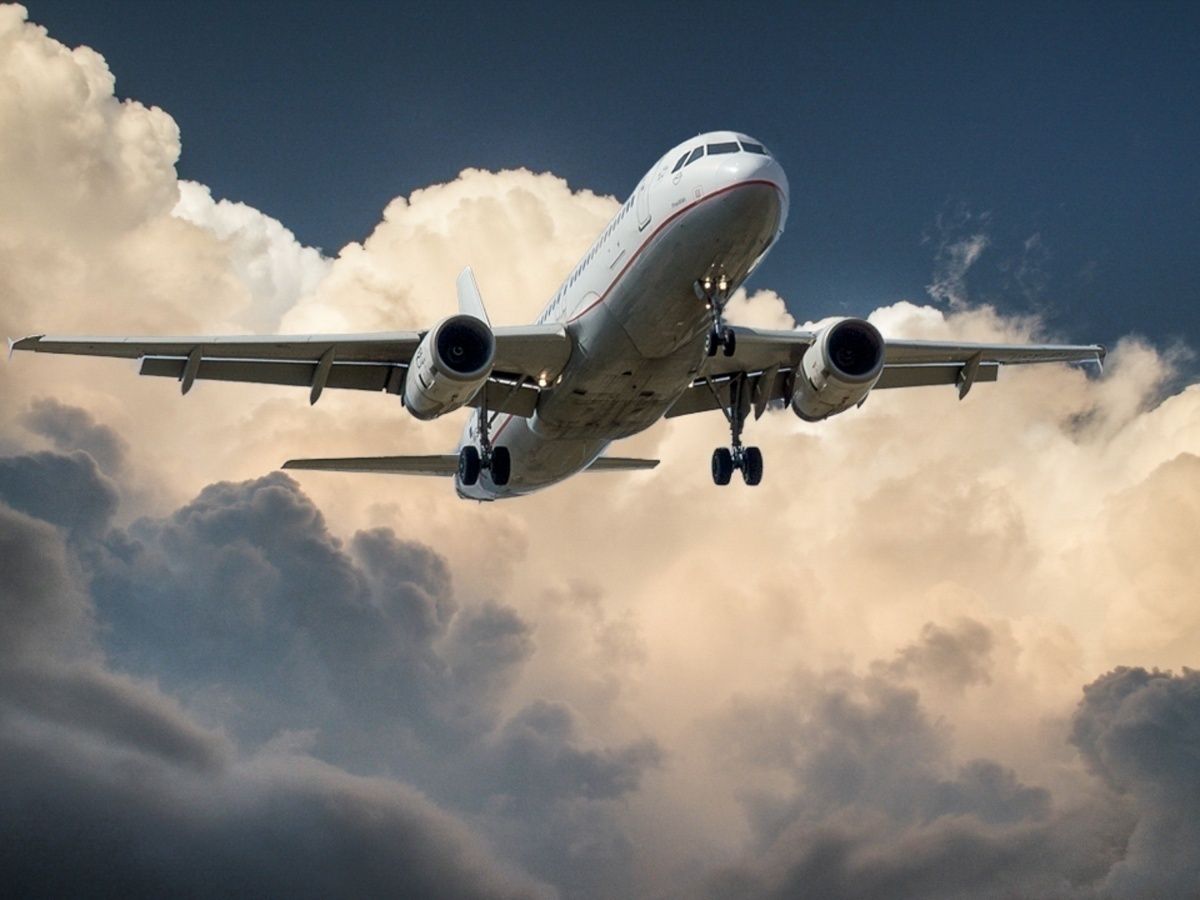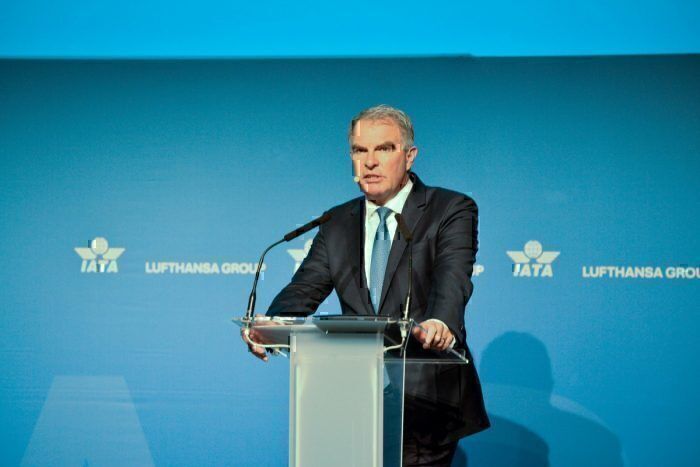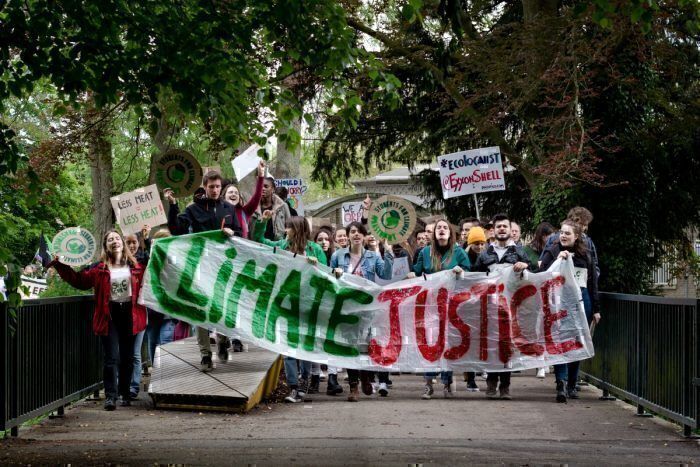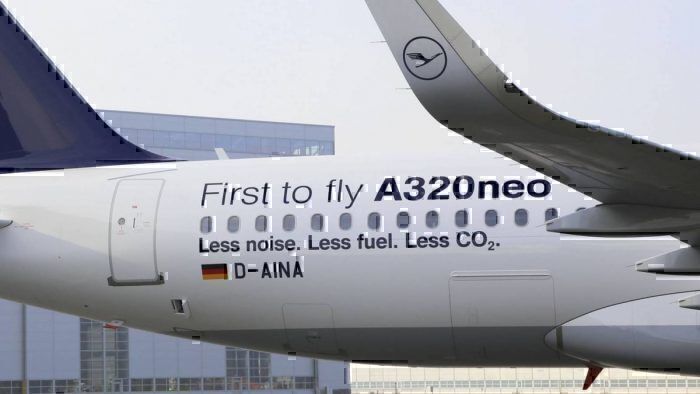Lufthansa CEO Carsten Spohr has admitted that the current target of reducing aviation CO2 emissions by 50% by 2050 might not be enough. Speaking at a recent IATA conference, he says that more action is needed now, and that airlines need to recognize that the decisions they make today are the ones we’ll all have to live with in 2050 too.
Working together for a 50% reduction
At the recent IATA Wings of Change Europe conference, Lufthansa CEO Carsten Spohr kicked off proceedings with a celebration of aviation. He noted all the benefits of globalization, and how that would not be possible without aviation. However, he also pointed out that the future is somewhat challenging for the industry.
“To do that [continue connecting nations] in the most economic and, at the same time, environmentally friendly way is our commitment. Airlines, political decision makers, fliers - everybody needs to be united. Because none of us can do it alone.”
And that’s just what the industry is doing. Airlines, regulators, governments and suppliers are all working together more closely than ever before to bring about change. Driving down CO2 emissions, however, is nothing new to aviation. In fact, it’s been going on for over a decade. Mr Spohr continued,
“We didn't just start this in the last few weeks or months. It was 10 years ago when IATA made the first steps forward … Just recently we committed ourselves, the aviation industry, to bring down CO2 to 50% of the emissions of 2005 by the year 2050.”
Target 2050… but is it soon enough?
In 2009, the aviation industry made a dramatic pledge to cut carbon dioxide emissions by half by the year 2050. This is based on the levels of 2005, and is the first and most public declaration to date to be made by the industry.
IATA adopted this target in alongside a set of other step changes, including targets for fuel efficiency, and a cap on net aviation CO2 emissions from 2020 onwards, ensuring carbon neutral growth going forward. However, the Lufthansa boss doesn’t think that 2050 is soon enough. He said,
“In my opinion, listening to people around the dinner table, listening to our customers, listening to politicians on that vision of 2050 … I do not think people want to wait another 30 years.”
That certainly seems to be the case. The rising support for the flygskam movement, coupled with increasing pressure from environmental groups, means that airlines need to be seen to be taking action now. And they are. From using sustainable fuels to carbon offsetting flights, many airlines around the world are taking the lead in demonstrating their commitment to a greener, cleaner future. But is it enough?
The decisions being made now are what counts
Looking towards 2050 and setting a target for CO2 reduction is good, but it’s the decisions that are being made today that will determine whether that target is achieved. Mr Spohr explained,
“In the next 10 to 20 years, there really is no new generation of aircraft. In the next 10 to 20 years, there are no new revolutionary new technologies available. There will be no real disruption of our industry in the next 10 to 20 years.
“We order aircraft now, we get them in five years, we fly them for 25. So, the decisions we make now are shaping the future for the next 25 years. As we stand here today in 2019, there's no end to the growth in aviation. We need to do something now because these elements cannot create the solution to the environmental question.”
What Mr. Spohr says is absolutely right. The decisions airlines are making today are the ones we will have to live with for many years to come. As much as electric or hybrid aircraft could make an impact in the future, for the most part, we’re not looking at any new planes for quite some time. It’s the planes that are arriving with carriers now that will lead us through to 2020.
There’s no one simple answer to the issue of CO2 reduction in aviation, and no one simple strategy that will ensure the target is met. However, the progress that is being made and the investments that are driving smaller carbon footprints in the industry should be celebrated, and supported by governmental policy to ensure more of the same.
What do you think about Mr Spohr’s comments? Is 50% by 2050 too little, too late? Let us know in the comments.




